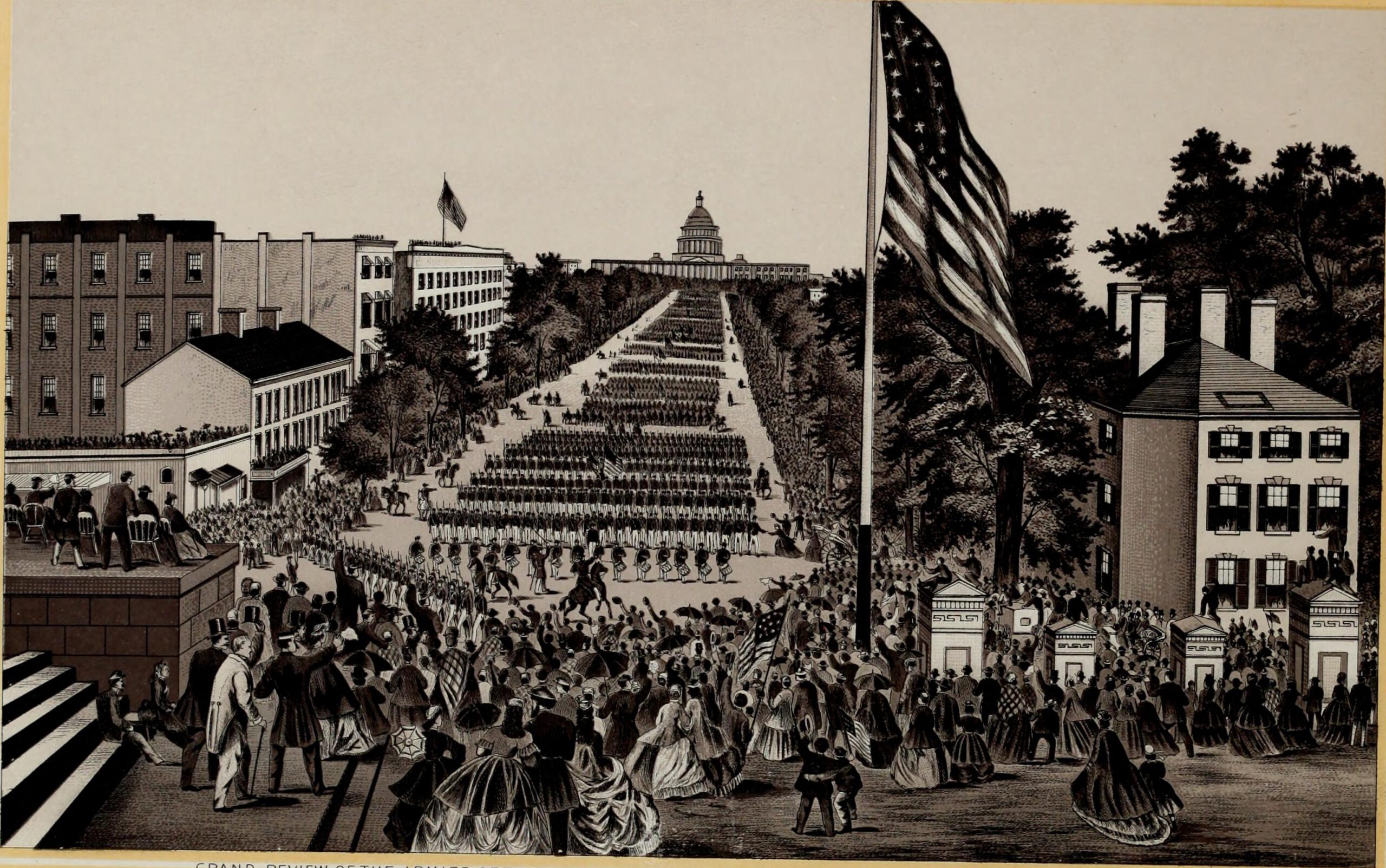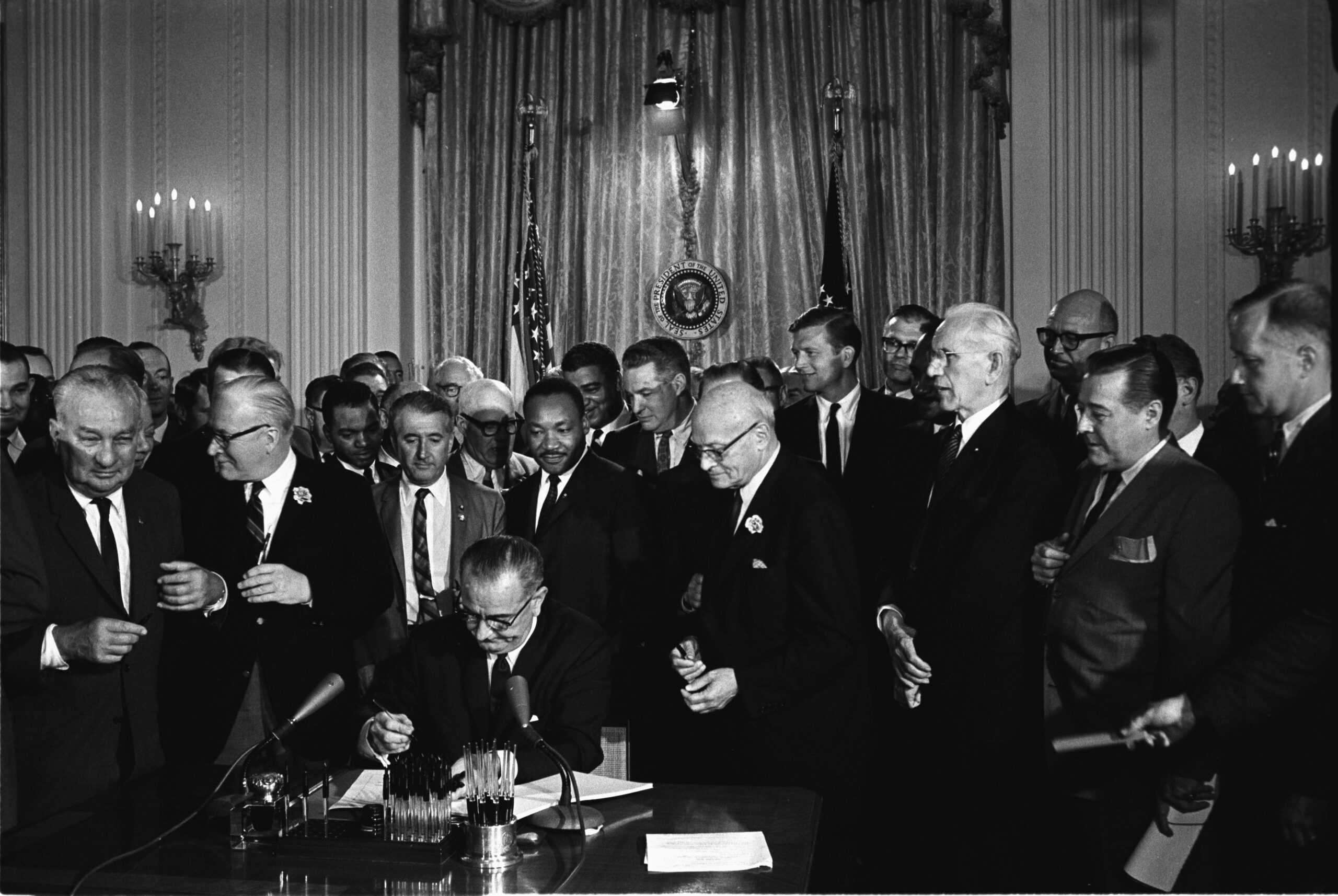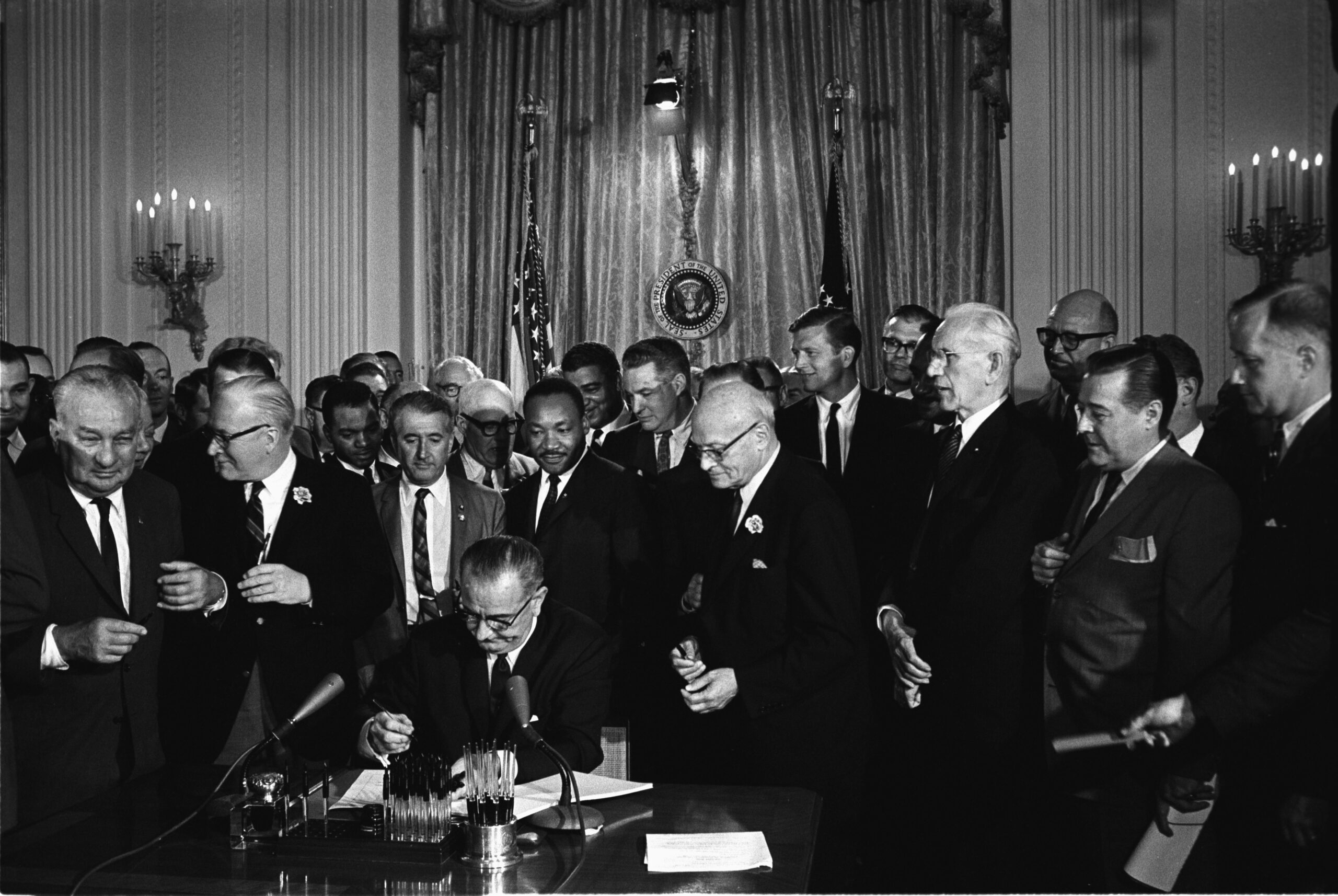The U.S. Constitution is the backbone of American democracy, shaping the nation’s laws, government structure, and citizens’ rights. However, it was not a static document—it evolved through pivotal moments in history, influenced by debates, conflicts, and landmark decisions. From its drafting in 1787 to modern amendments and Supreme Court rulings, the Constitution has been tested and redefined to meet the changing needs of the nation.
This article explores ten key moments that shaped the U.S. Constitution, demonstrating how each event contributed to the growth and adaptation of the nation’s most important legal framework. These moments not only reflect the struggles and triumphs of American history but also underscore the ongoing quest for justice, equality, and democracy.
The Articles of Confederation: The First Attempt
Before the U.S. Constitution came into being, the Articles of Confederation were America’s first governing document. Adopted in 1777, these articles represented an initial attempt to unify the thirteen colonies under a single government. However, they presented significant challenges, such as the lack of a strong central government and the inability to levy taxes. States retained most of their sovereignty, leading to difficulties in national decision-making. The shortcomings of the Articles became glaringly evident, especially when it came to managing interstate commerce and defense. This initial attempt provided a crucial learning experience, highlighting the need for a more robust framework, thus paving the way for the U.S. Constitution.
The Constitutional Convention of 1787
The Constitutional Convention, held in Philadelphia in 1787, was a landmark event in American history. Fifty-five delegates from twelve states gathered to address the inadequacies of the Articles of Confederation. The convention was initially intended to revise the Articles, but it quickly became clear that a new document was necessary. The delegates, including notable figures such as George Washington and James Madison, engaged in intense debates over the structure and powers of the new government. The result was the drafting of the U.S. Constitution, which would establish a federal system with a separation of powers. This moment marked a turning point, as it laid the foundation for the government we know today.
The Great Compromise: Balancing Representation
One of the most significant challenges at the Constitutional Convention was how to balance representation between large and small states. The Great Compromise, also known as the Connecticut Compromise, resolved this issue by establishing a bicameral legislature. The House of Representatives would have representation based on population, favoring larger states, while the Senate would have equal representation for each state, benefiting smaller states. This dual system ensured that both populous and less populous states had a voice in the new government. The Great Compromise was crucial in gaining the support of delegates from different states, enabling the Constitution’s eventual ratification.
The Three-Fifths Compromise: A Controversial Decision
Another contentious issue at the Constitutional Convention was how to count enslaved individuals for purposes of representation and taxation. The Three-Fifths Compromise was a solution that counted three out of every five enslaved people as part of a state’s population. This decision was controversial as it impacted the balance of power between northern and southern states. It allowed southern states to gain more representation in the House of Representatives without granting enslaved individuals any rights. While this compromise helped secure the Constitution’s ratification, it also reflected the deeply ingrained racial inequalities of the time, which would have lasting repercussions on U.S. history.
The Bill of Rights: Protecting Individual Freedoms
The absence of a Bill of Rights in the original Constitution was a major point of contention during its ratification. Many feared that the new government would have too much power, potentially infringing on individual liberties. To address these concerns, the first ten amendments, known as the Bill of Rights, were introduced by James Madison in 1789 and ratified in 1791. These amendments guaranteed fundamental rights such as freedom of speech, religion, and the press. The addition of the Bill of Rights was crucial in securing the Constitution’s acceptance and ensuring the protection of individual freedoms.
Marbury v. Madison: Establishing Judicial Review
The landmark Supreme Court case Marbury v. Madison in 1803 established the principle of judicial review, significantly shaping the Constitution’s interpretation. Chief Justice John Marshall’s decision asserted the power of the judiciary to review and invalidate laws that conflict with the Constitution. This ruling reinforced the system of checks and balances by ensuring that no branch of government could exceed its constitutional authority. Judicial review became a fundamental aspect of the U.S. legal system, allowing the courts to uphold the Constitution as the supreme law of the land.
The Civil War Amendments: Expanding Rights

The Civil War Amendments, comprising the 13th, 14th, and 15th Amendments, were transformative moments in the evolution of the U.S. Constitution. The 13th Amendment, ratified in 1865, abolished slavery, marking a significant step towards equality. The 14th Amendment, ratified in 1868, granted citizenship to all persons born or naturalized in the United States and provided equal protection under the law. The 15th Amendment, ratified in 1870, prohibited denying the right to vote based on race, color, or previous condition of servitude. These amendments fundamentally altered the Constitution, expanding civil rights and setting the stage for future advancements in social justice.
Women’s Suffrage: The 19th Amendment
The fight for women’s suffrage culminated in the ratification of the 19th Amendment in 1920. This amendment granted women the right to vote, marking a significant milestone in the quest for gender equality. The suffrage movement had been a long and arduous struggle, with activists like Susan B. Anthony and Elizabeth Cady Stanton leading the charge. The 19th Amendment represented a moment of triumph for women’s rights, expanding the democratic principles enshrined in the Constitution to include half the population. It was a pivotal moment that reshaped the political landscape and underscored the importance of equal participation in democracy.
The New Deal: Expanding Government’s Role
The New Deal, introduced by President Franklin D. Roosevelt in response to the Great Depression, had a profound impact on the U.S. Constitution. The series of programs and policies aimed to provide relief, recovery, and reform to a nation in crisis. The New Deal expanded the federal government’s role in the economy, leading to debates over the limits of government power. Landmark Supreme Court cases during this era, such as West Coast Hotel v. Parrish, upheld the constitutionality of New Deal legislation, reshaping the interpretation of the Constitution in favor of increased governmental intervention. This period marked a shift in the understanding of the Constitution’s role in addressing economic and social challenges.
The Civil Rights Movement: A Push for Equality

The Civil Rights Movement of the 1950s and 1960s was a pivotal period in U.S. history that sought to end racial segregation and discrimination. Landmark legislation such as the Civil Rights Act of 1964 and the Voting Rights Act of 1965 were instrumental in advancing civil rights. These laws were rooted in the Constitution’s principles of equality and justice, reinforcing the idea that all individuals should be treated fairly regardless of race. The Civil Rights Movement reshaped the nation’s understanding of the Constitution, emphasizing the need for continuous progress toward a more just and equitable society.
The journey of the U.S. Constitution is marked by significant moments that have shaped its evolution and interpretation. From the initial challenges of the Articles of Confederation to the landmark decisions of the Supreme Court, each moment has contributed to the development of a living document that continues to guide the nation. The Constitution’s enduring relevance lies in its ability to adapt to changing times while upholding the principles of democracy and individual rights.


